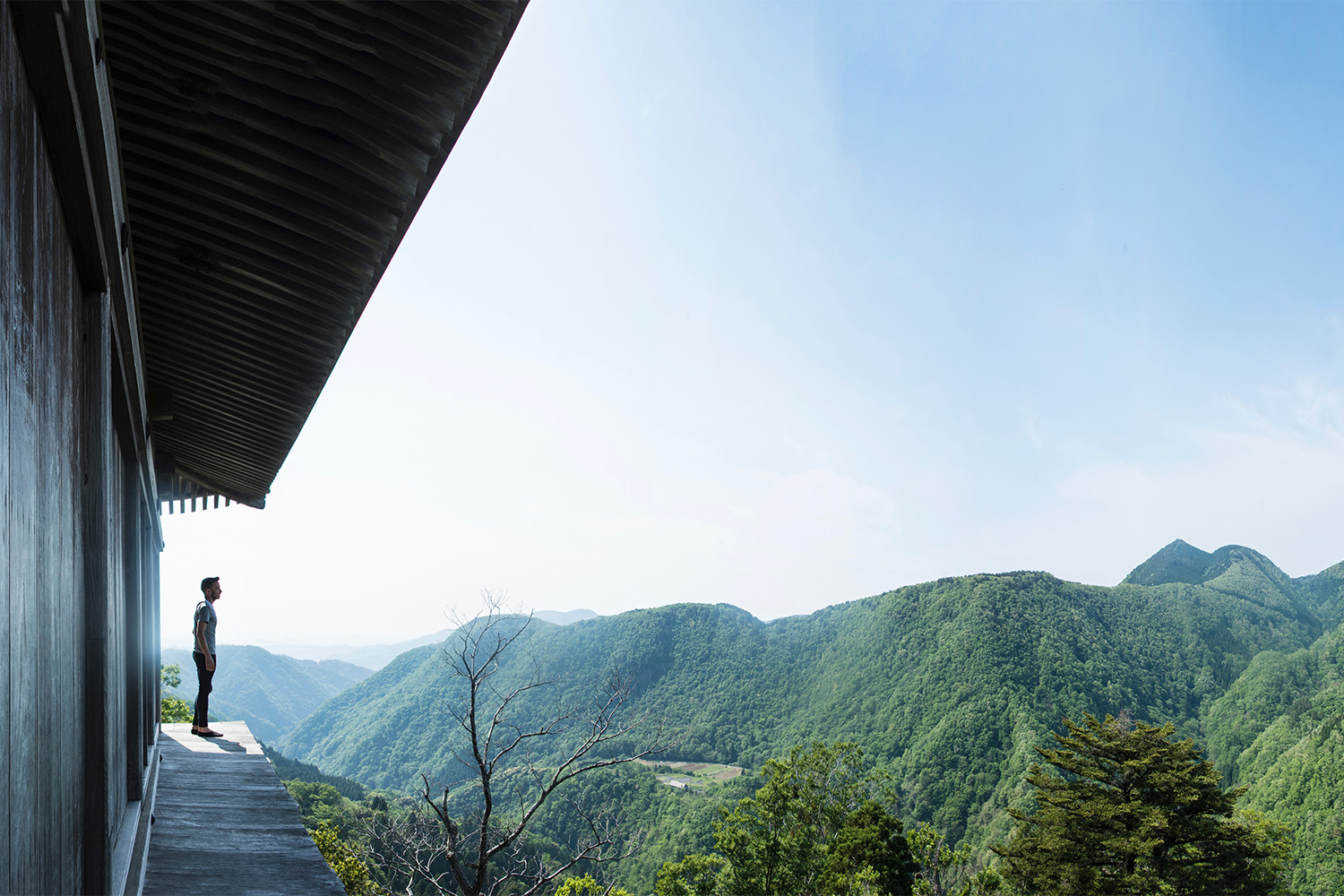The San’in region is one of the most beautiful places in Japan—and not just in terms of scenery.
A great example of this came about halfway through my trip, during a short song-and-dance performance at a small theater opposite Adachi Museum of Art. Although I couldn’t understand a word said or sung, every element of the spectacle—the pure tone of the samisen‘s three strings, the color of the silken costumes, the cadence of geta click-clacking on the wooden stage—spoke a universal language that was simultaneously singular.
The show communicated something else, too.
Every single person on stage, from the singers, to the instrumentalists, to a dancer that entered last but managed to steal the entire show, was at least as old as my grandmother. San’in, you see, is not only one of the most beautiful places in Japan, but the least-populated—and among those who still live there, the most rapidly aging.
The dancer, for example, who was portraying a mischievous farmer picking wheat, moved his hips and legs in a way that was almost seductive—or I imagine it would’ve seemed so if he’d been younger. Which is not to knock his skill or to attack him for his age: I simply don’t imagine the people who created yasugibushi imagined an octogenarian acting out this part.
As I left the theater, each of the performers thanked me personally—several did so in very enthusiastic English, I guess because I was the only foreign guest in the audience. I was deeply grateful, but also deeply concerned. Will the gaijin who come to San’in in five, 10 or 20 years be able to enjoy this ancient art form?
I mean, I hope these men and women live into their 90s and beyond, and can continue singing and dancing until the day they die. But it doesn’t seem that the younger inhabitants of San’in are interested in carrying on the traditions of their ancestors, the question of whether they recognize this as one of the most beautiful places in Japan notwithstanding.
There are bright spots, of course. The couple who owned the first of the two ryokan where I stayed in the Oki Islands, for example, chose to relocated to San’in from Tokyo, and I assume they’ll eventually raise their family there.
There are a fair number of children in San’in, to be sure, even if there’s a decided lack of people my age, which leads me to believe most end up leaving home for greener (well this is Japan, so probably significantly less green) pastures. I hope at least a few kids I saw in Yasugi will take an interest in yasugibushi, or soba making, or at least recruit performers from other parts of the country to learn these arts.
Of course, I can’t blame any who have an aversion. As the owner of my guest house at the base of Mt. Daisen explained, although San’in now seems to be one of the most beautiful places in Japan, its name literally means “in the shadow of the mountain.” There’s an almost superstitious negativity baked into its very identity, which I imagine poisons even some locals’ perspectives on their home.
I truly hope I’m wrong, and that both in San’in and elsewhere, the greying of Japan somehow slows or reverses so that its magnificent, millennia-old culture can live on for many more thousands of years. For now, however, I hope the pictures I’m about to share inspire you to visit San’in—and soon.
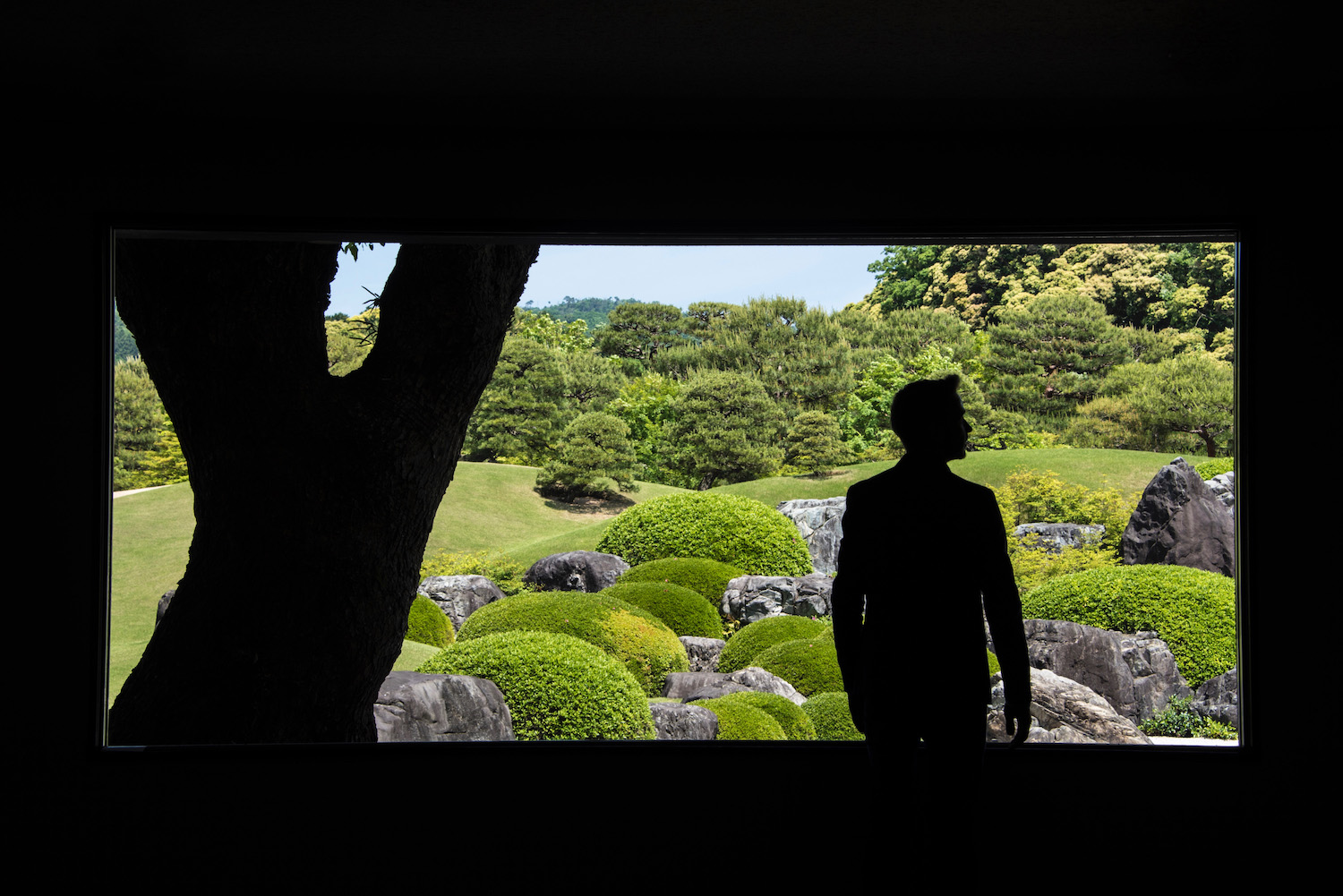
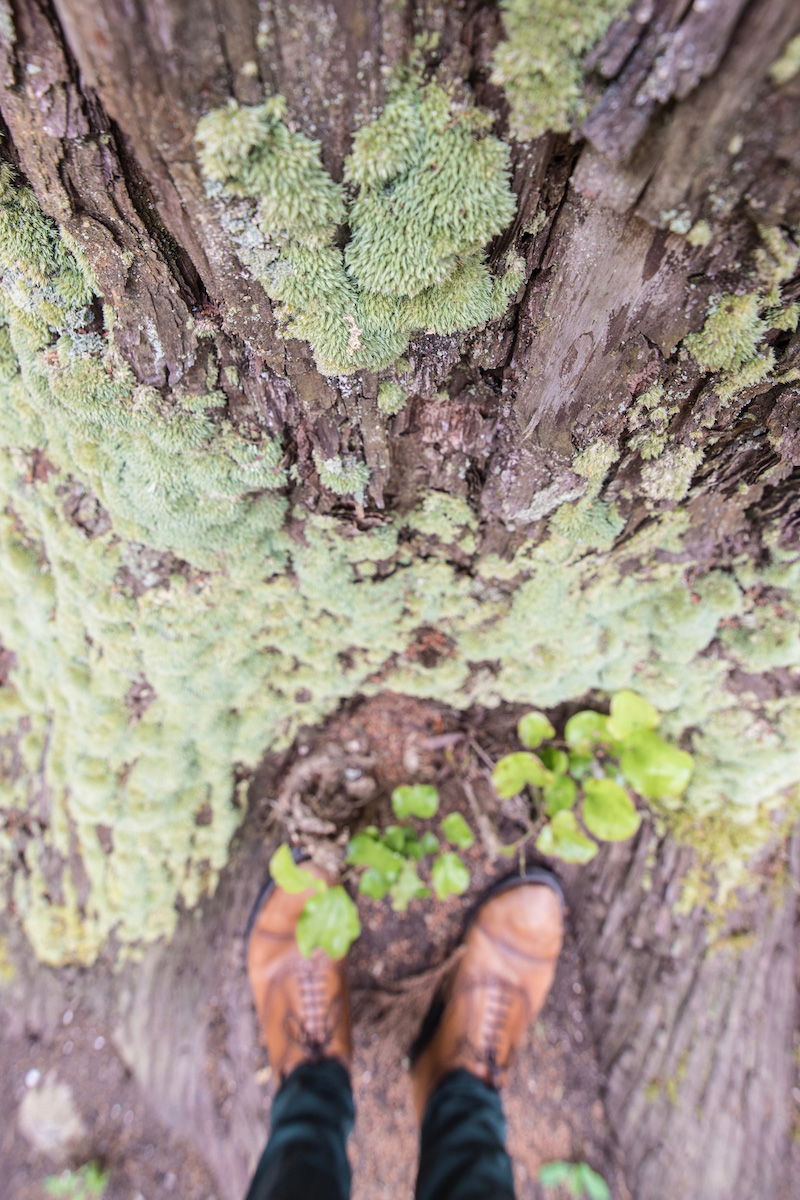
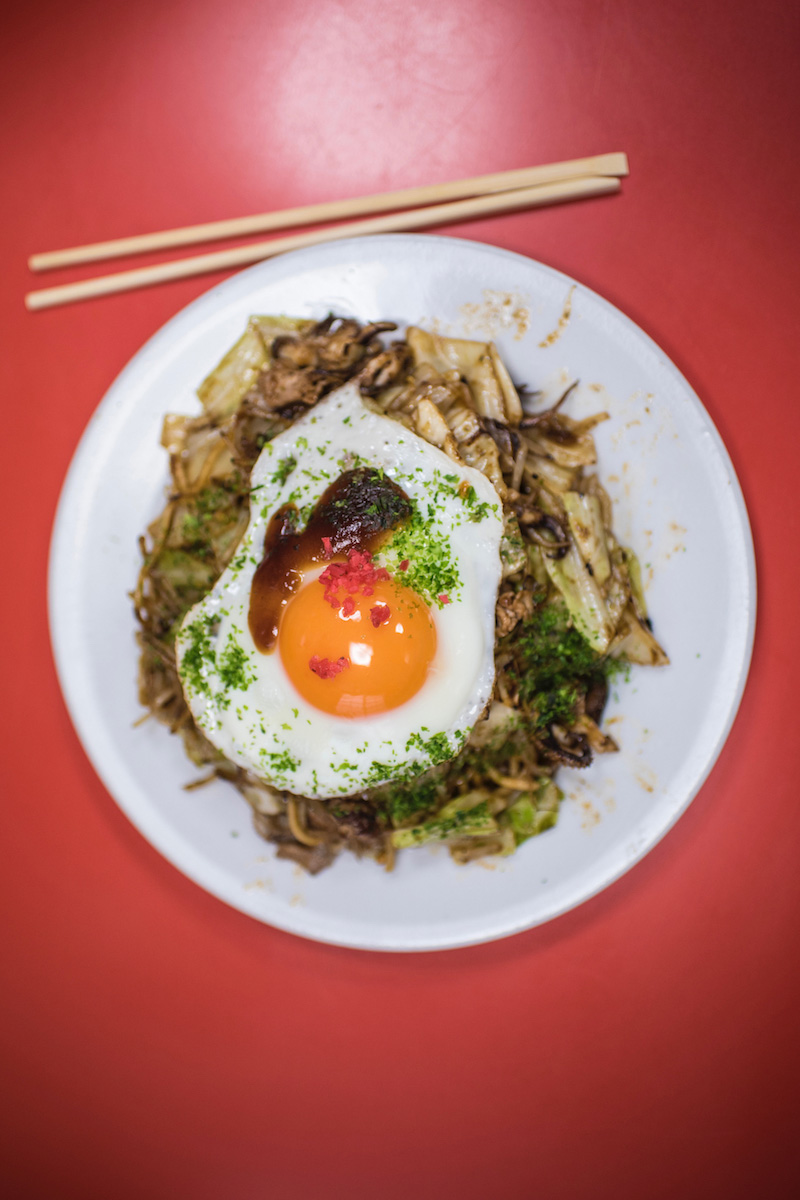
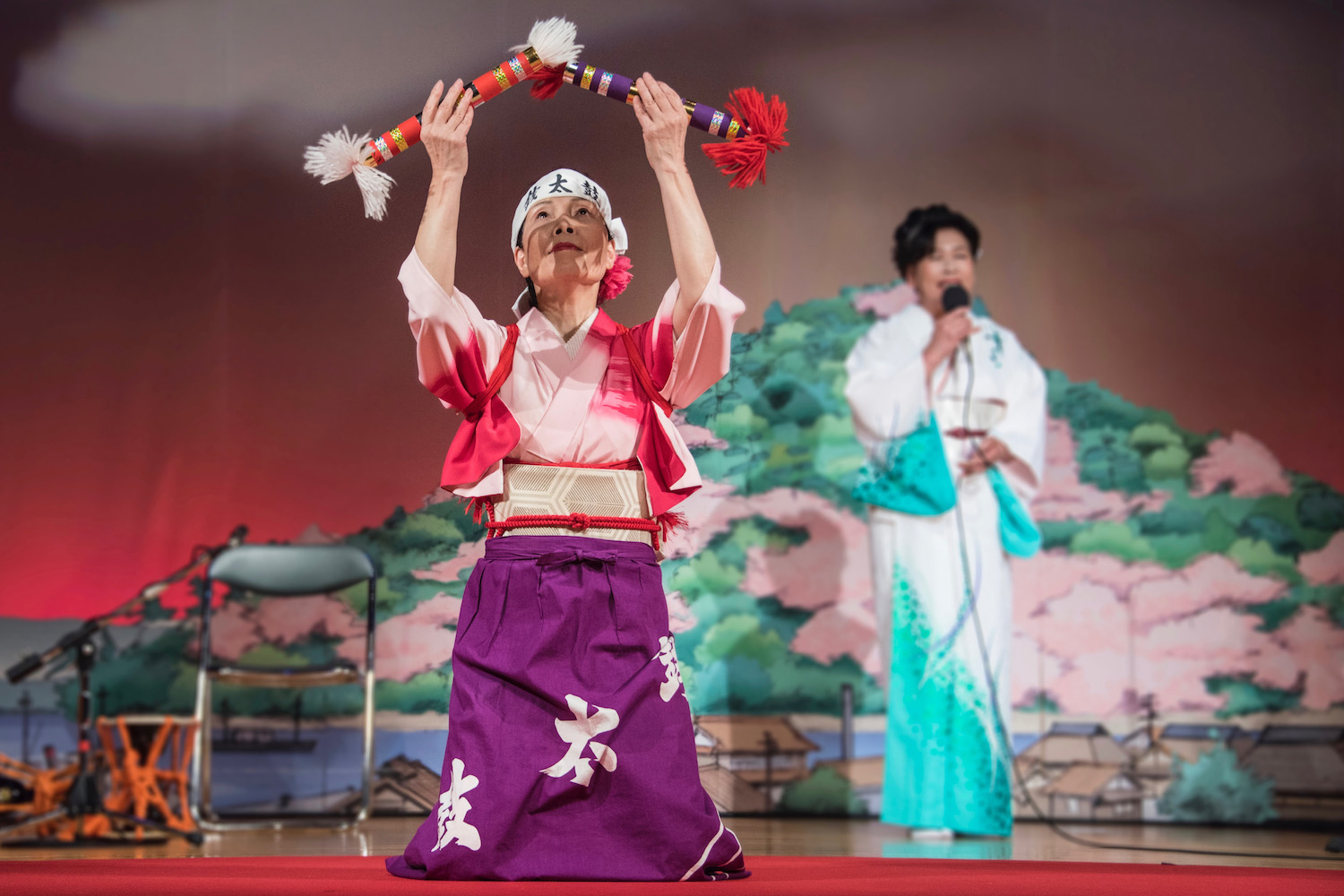
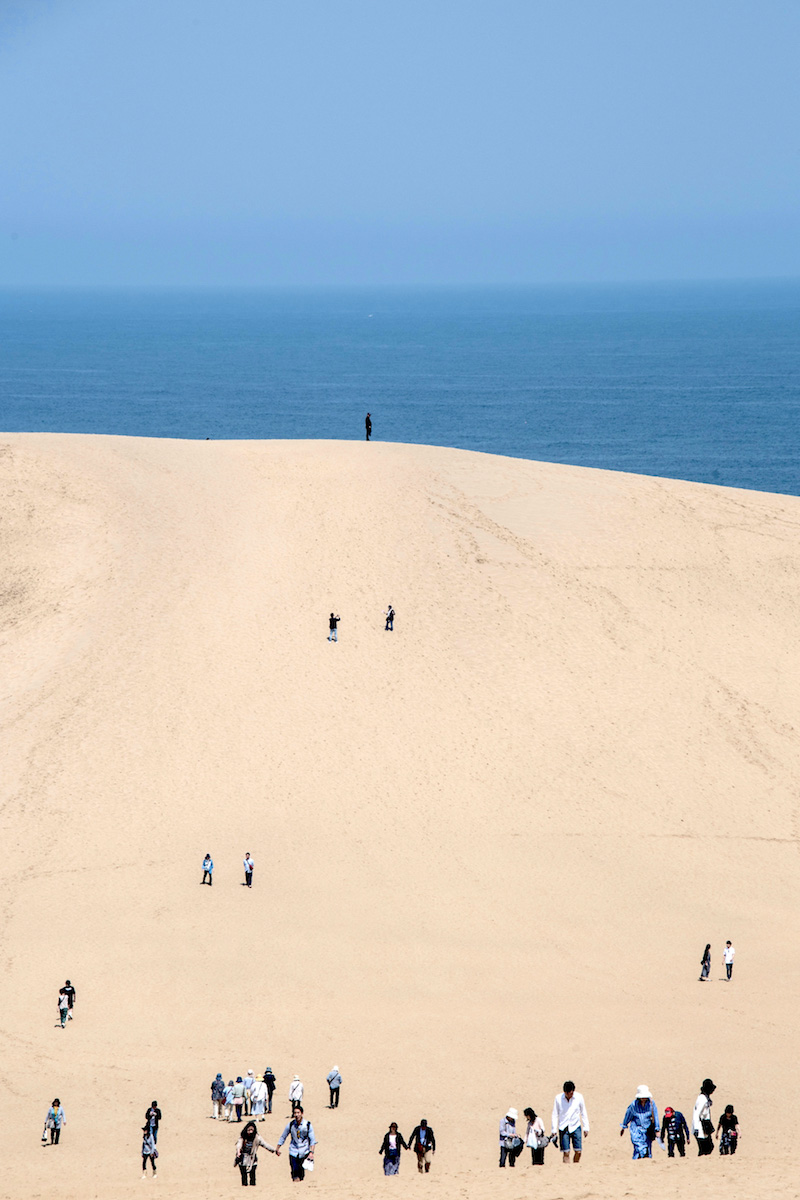
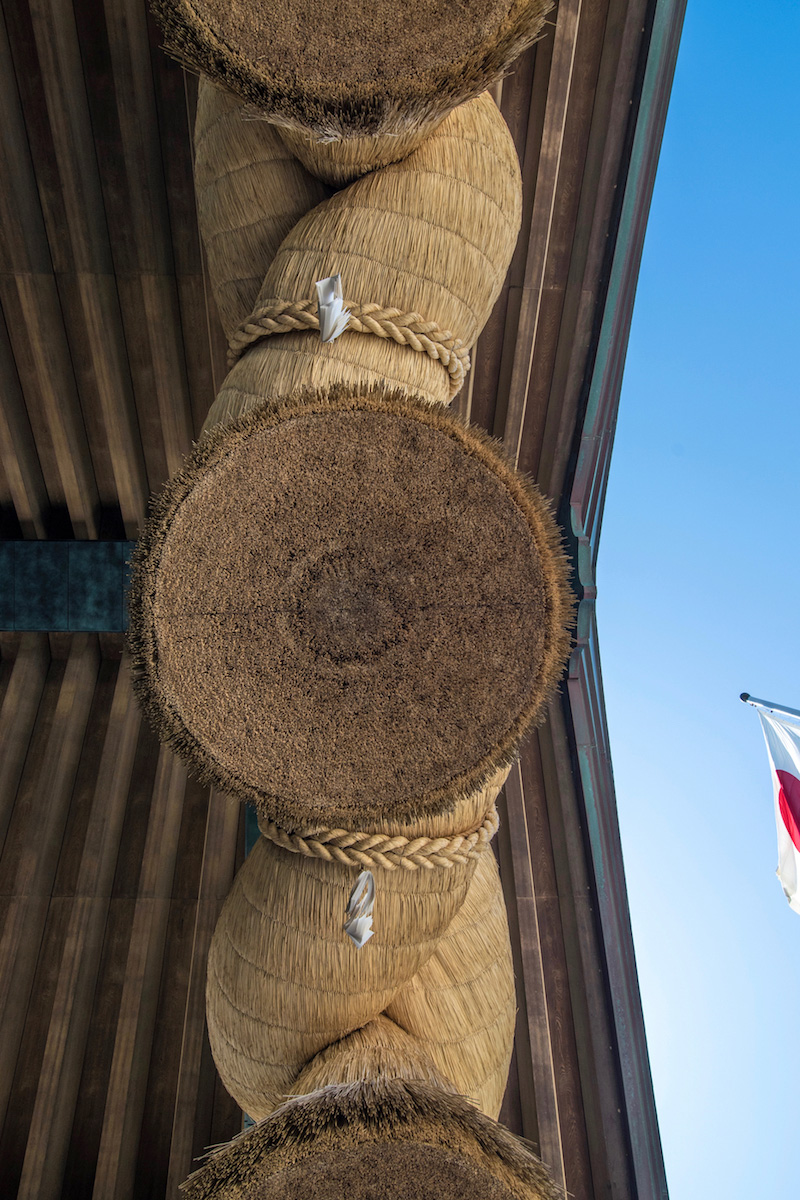
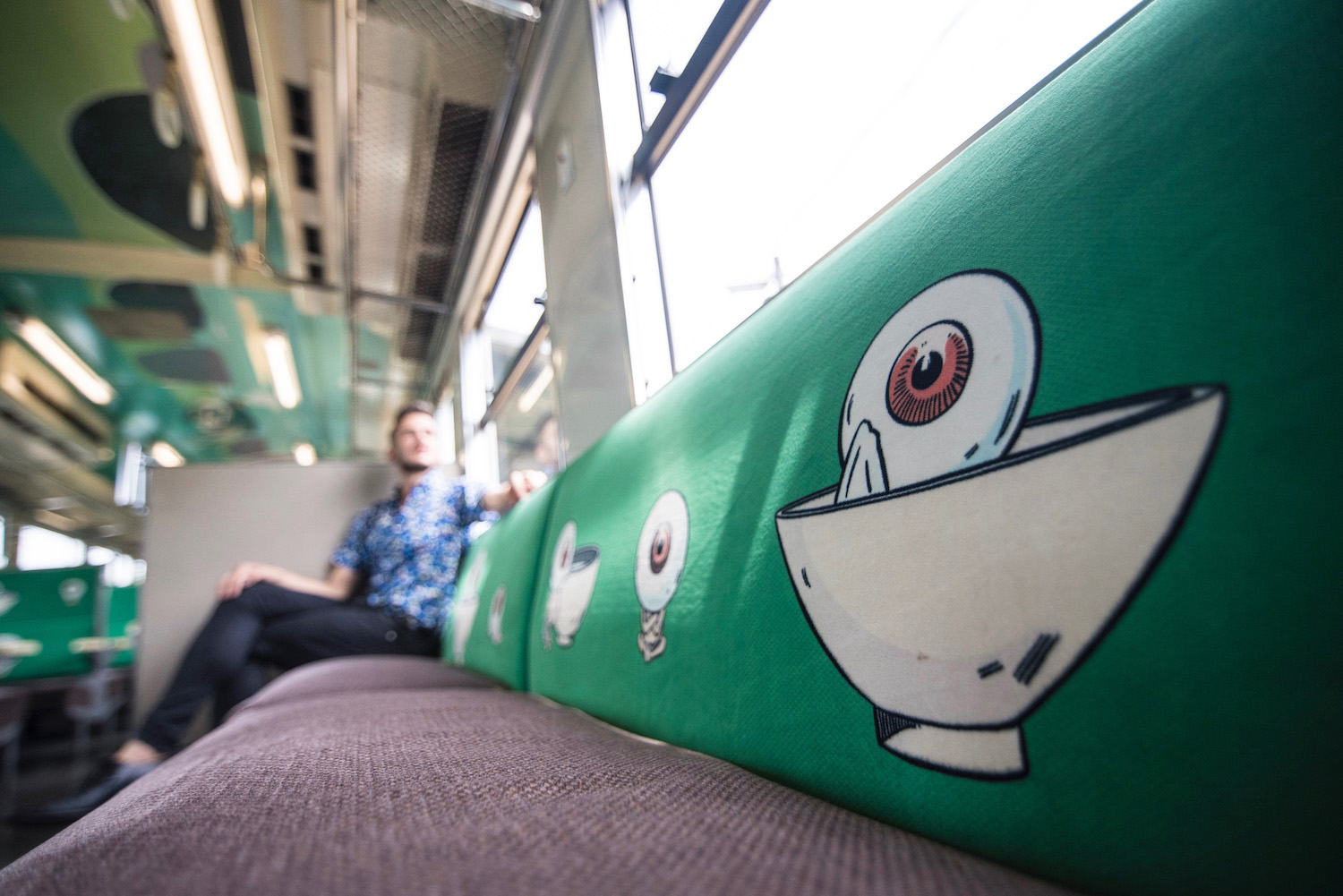
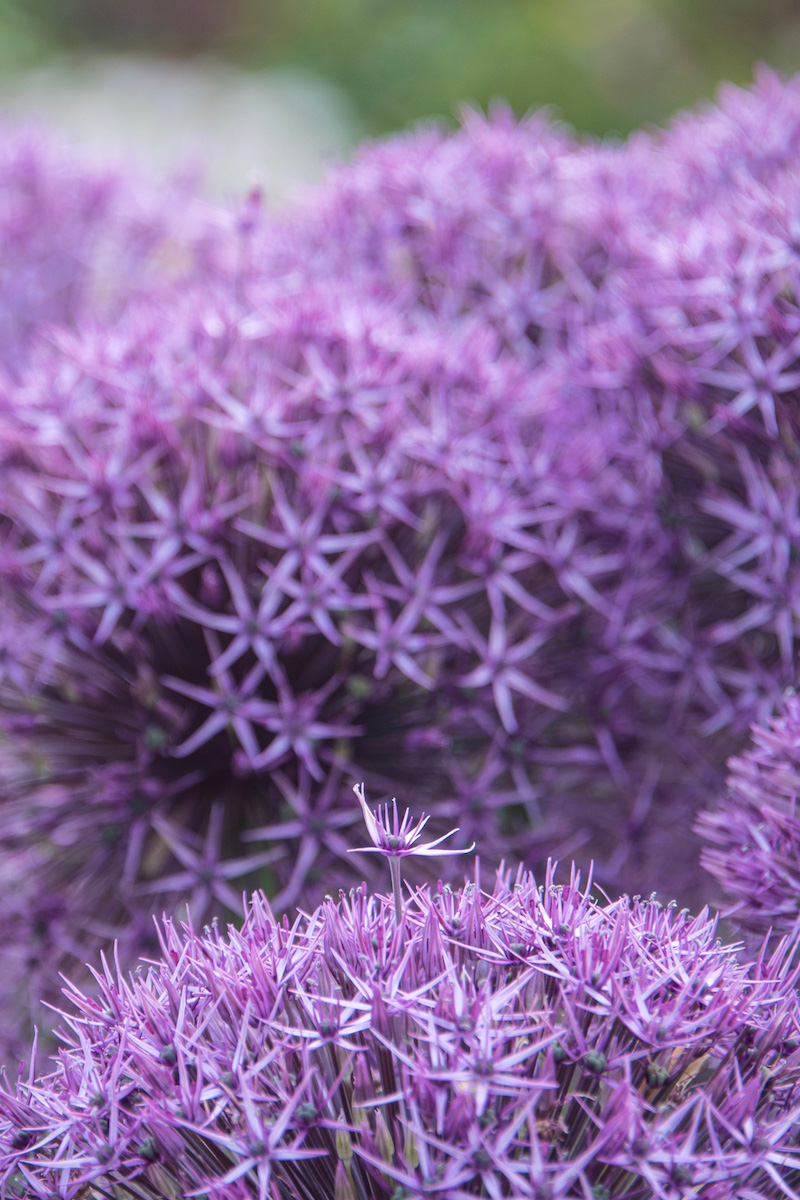
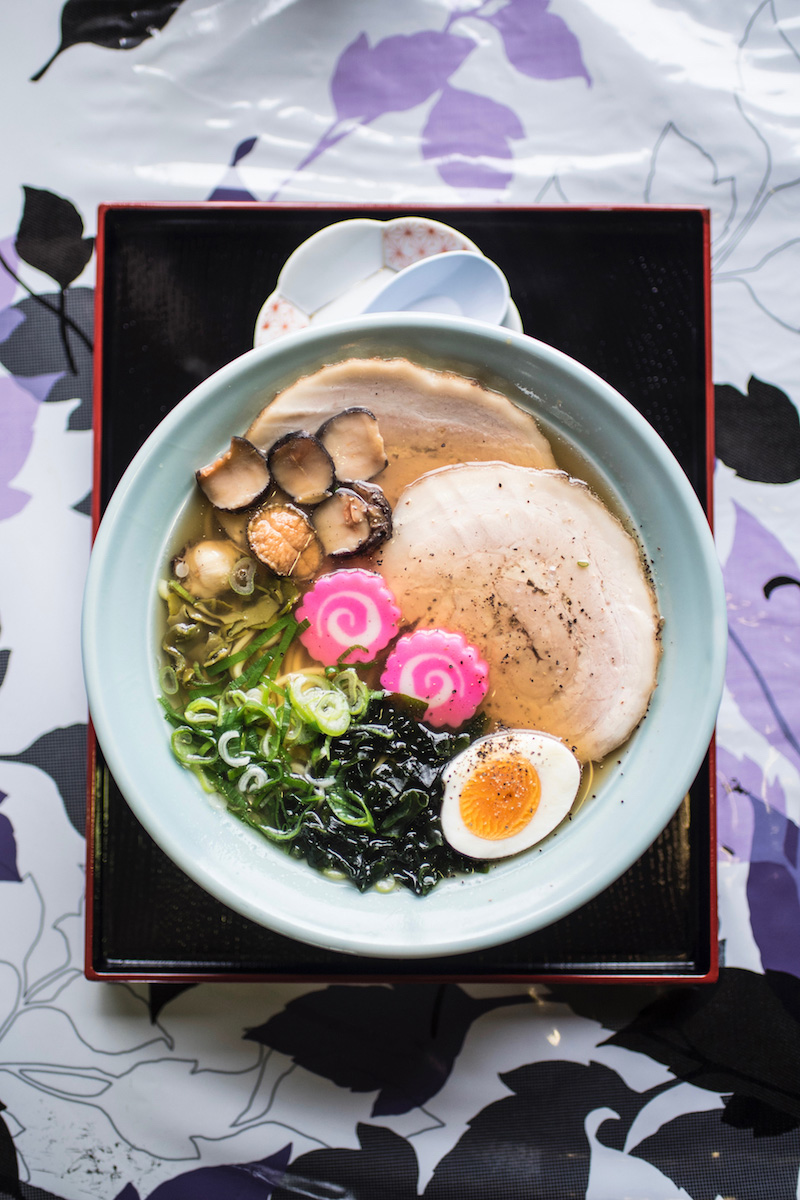
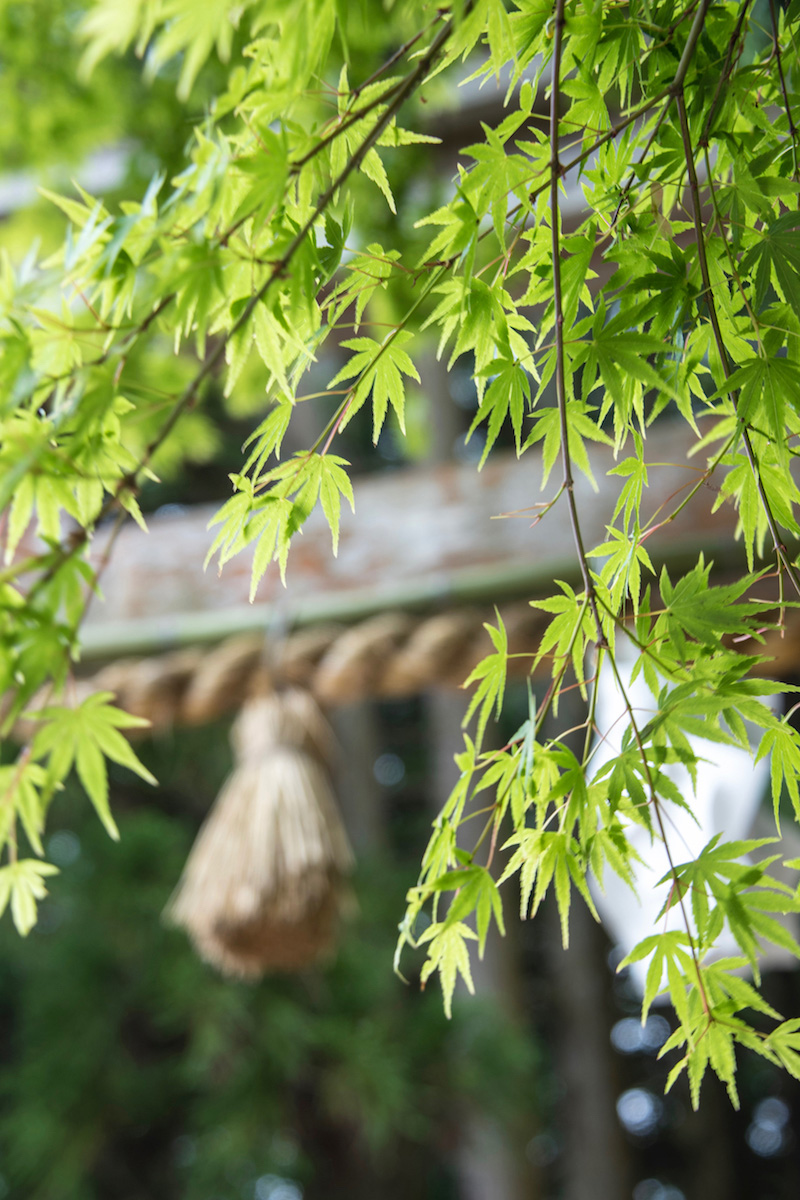
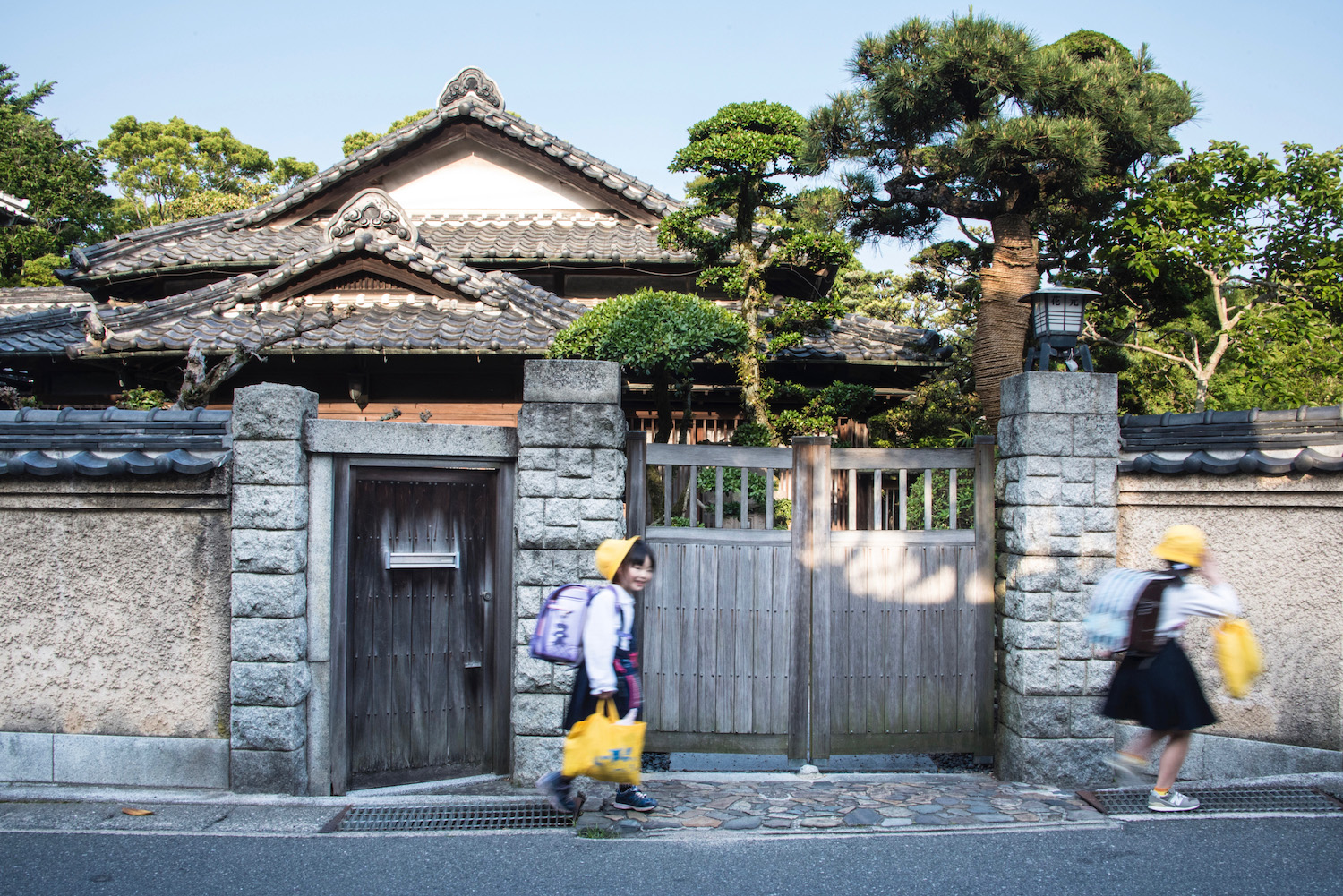
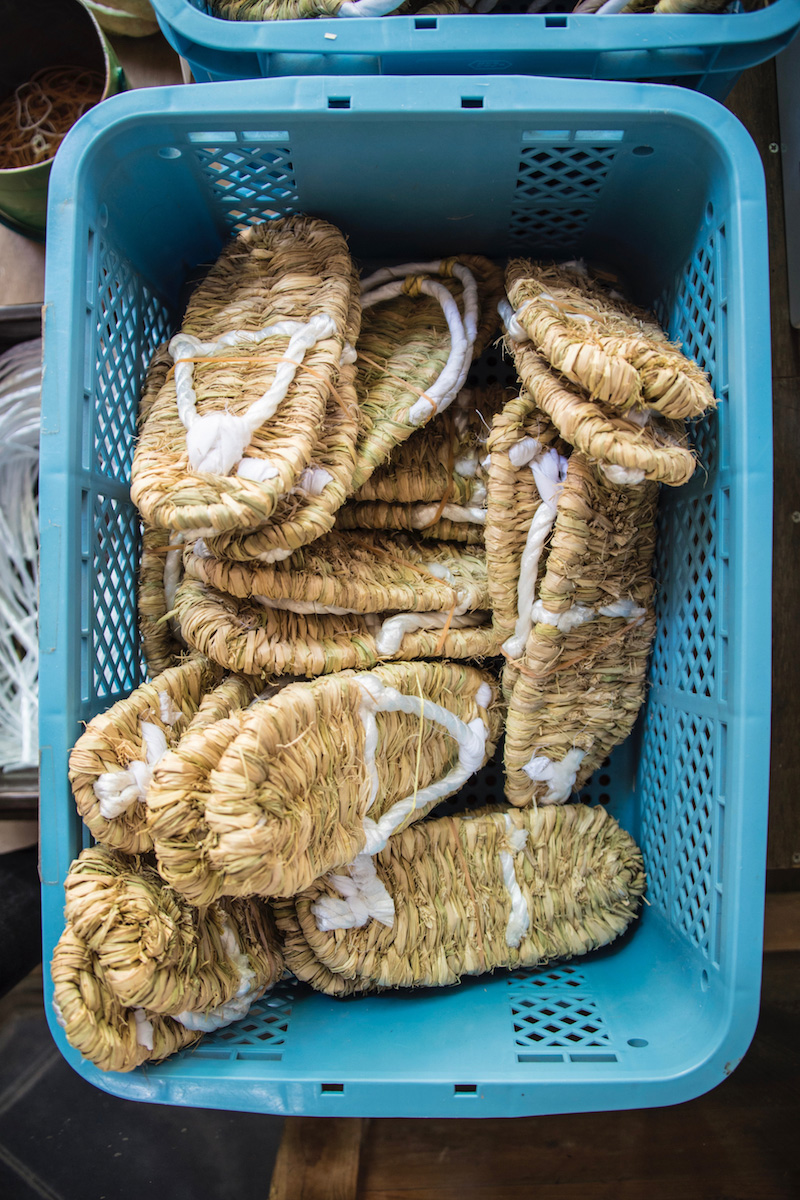
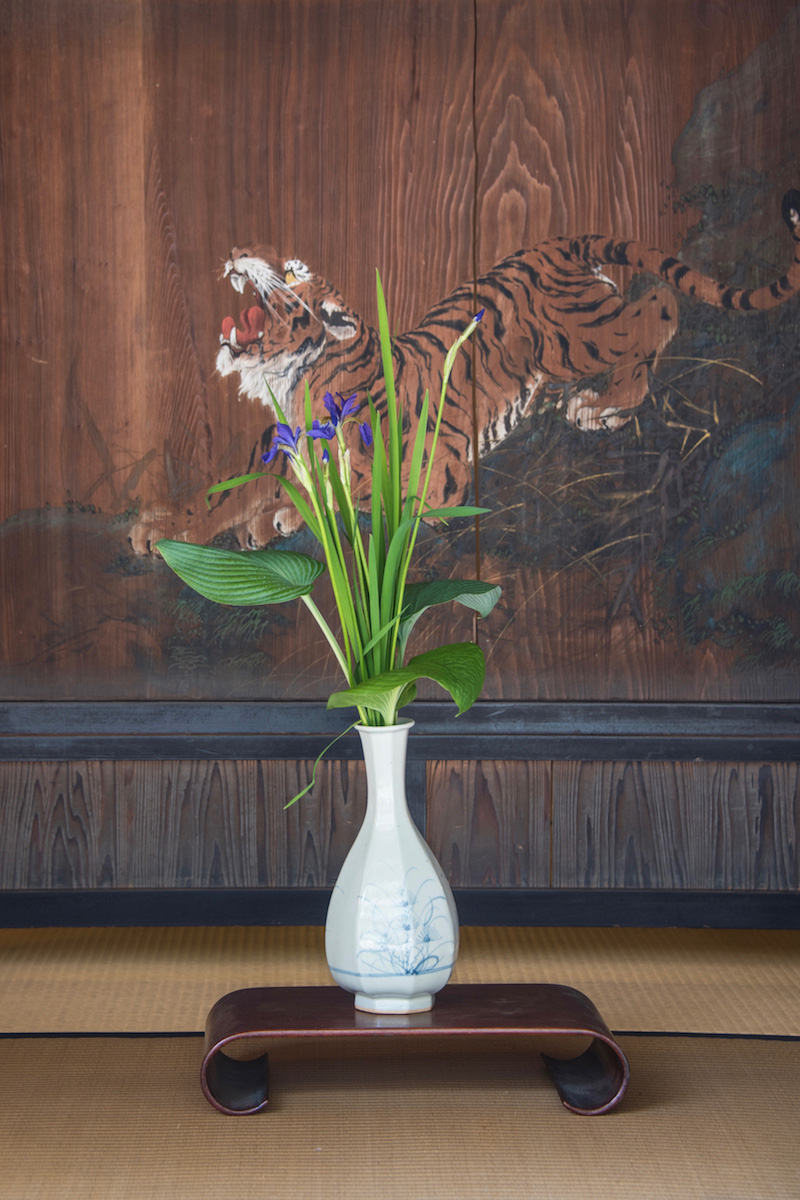
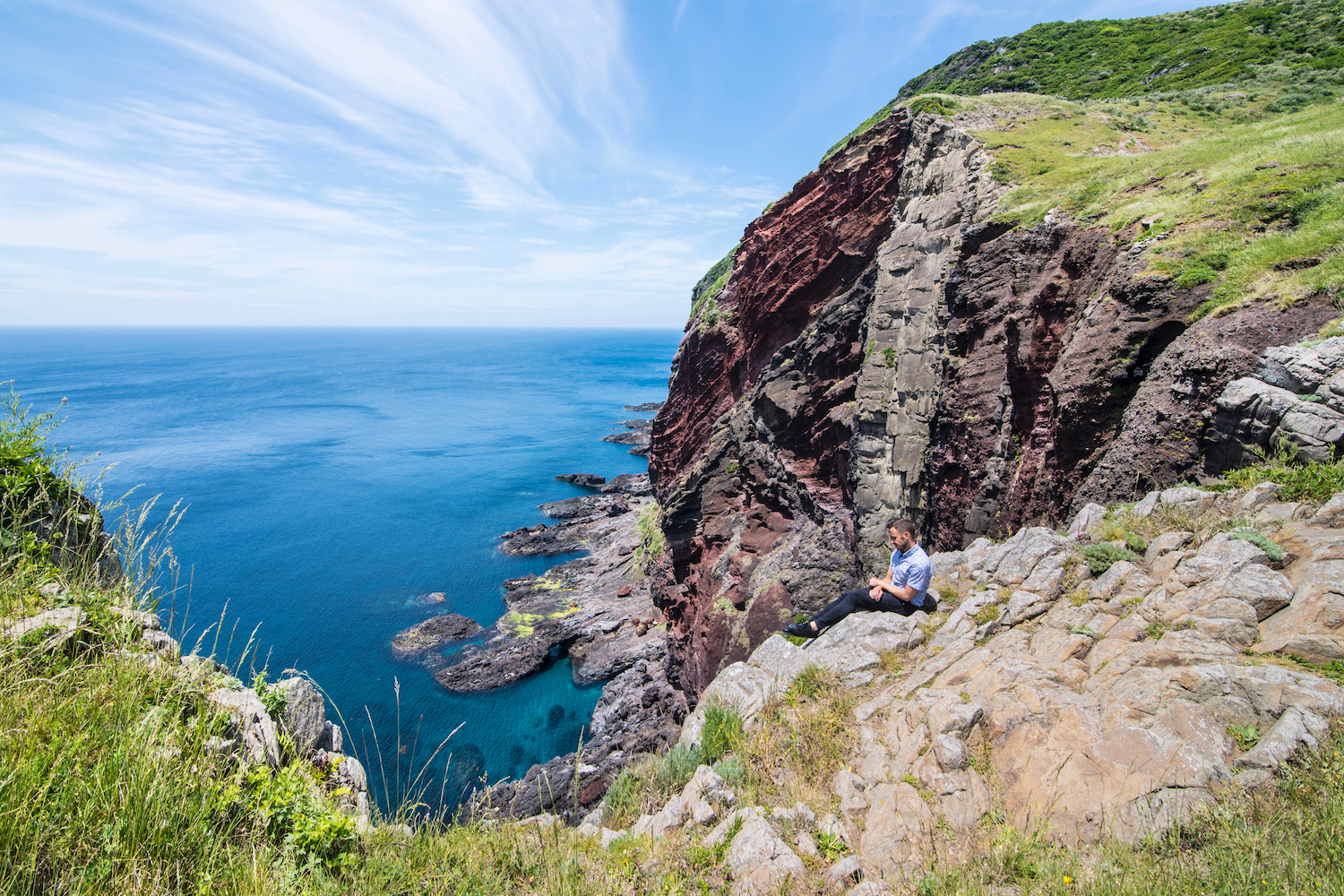
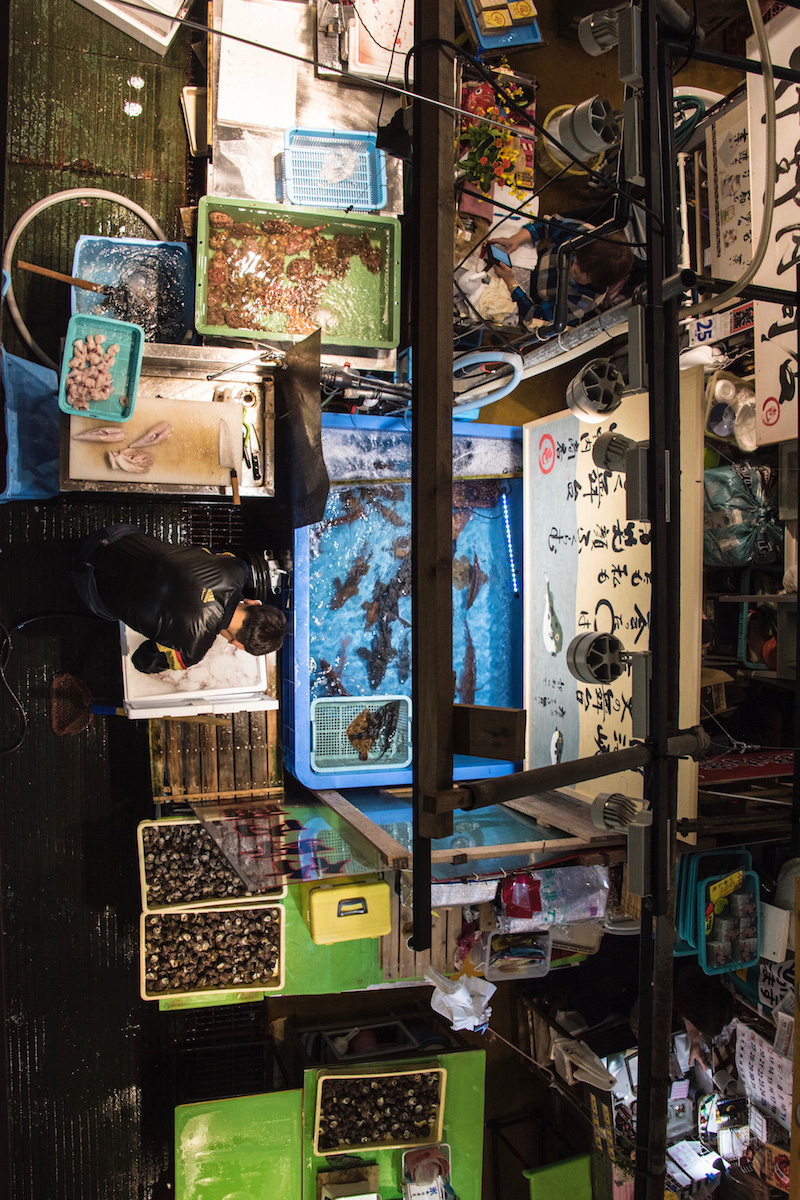
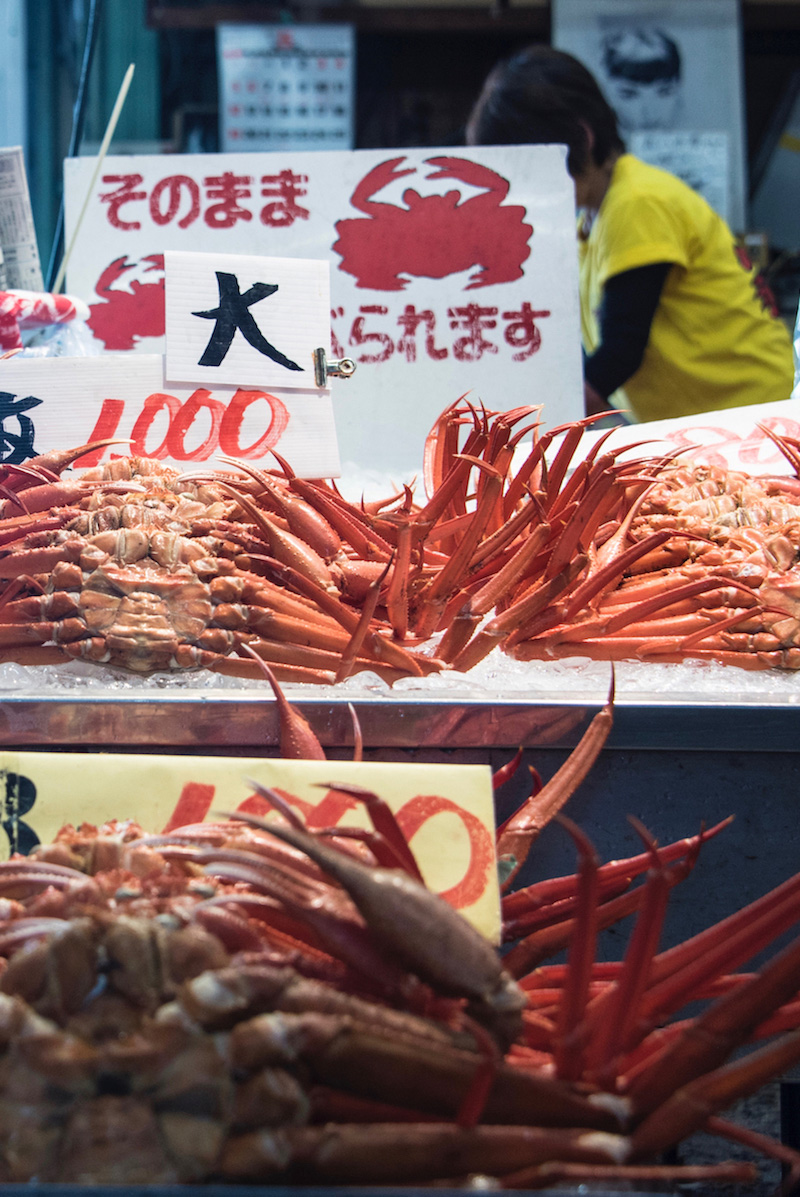
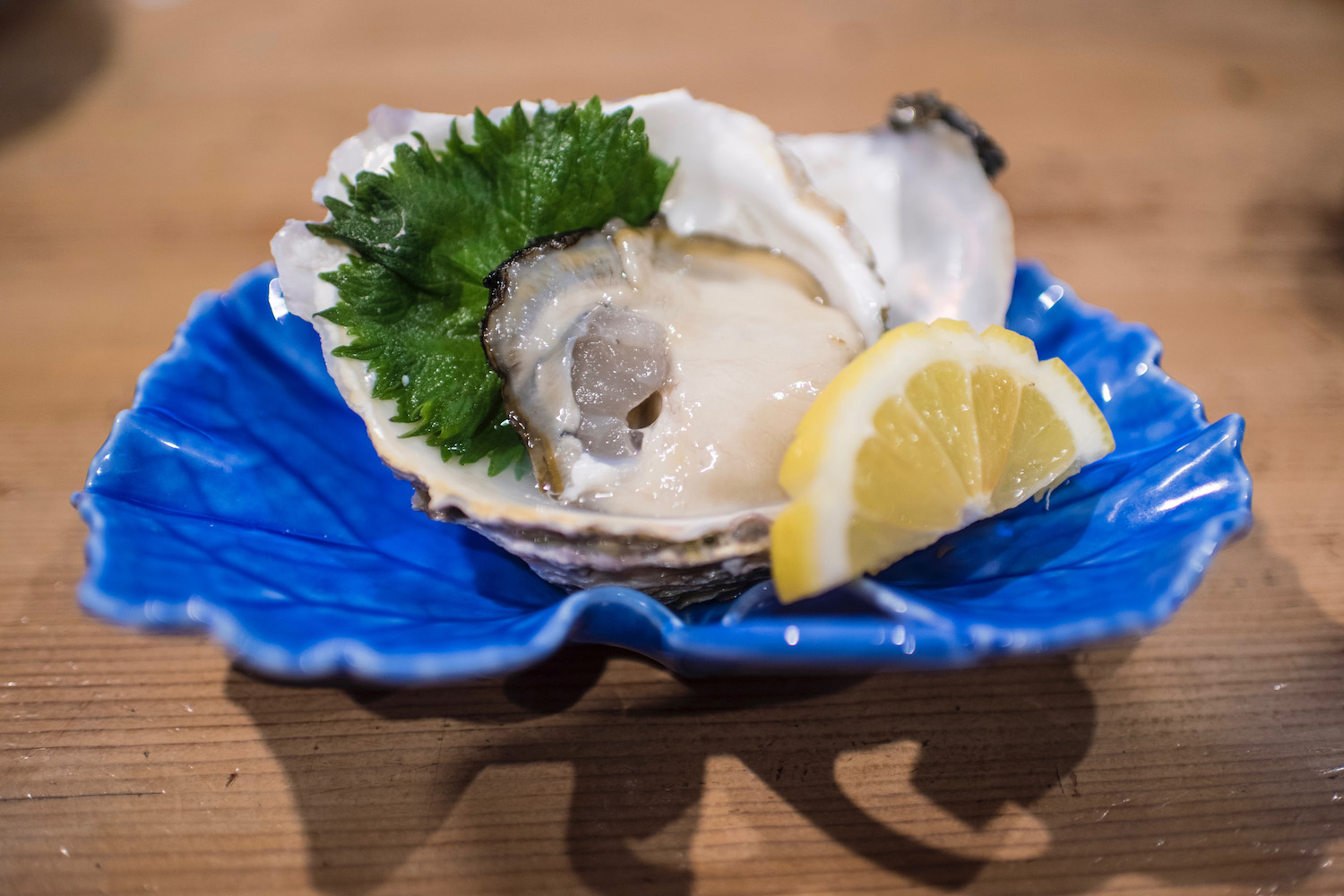

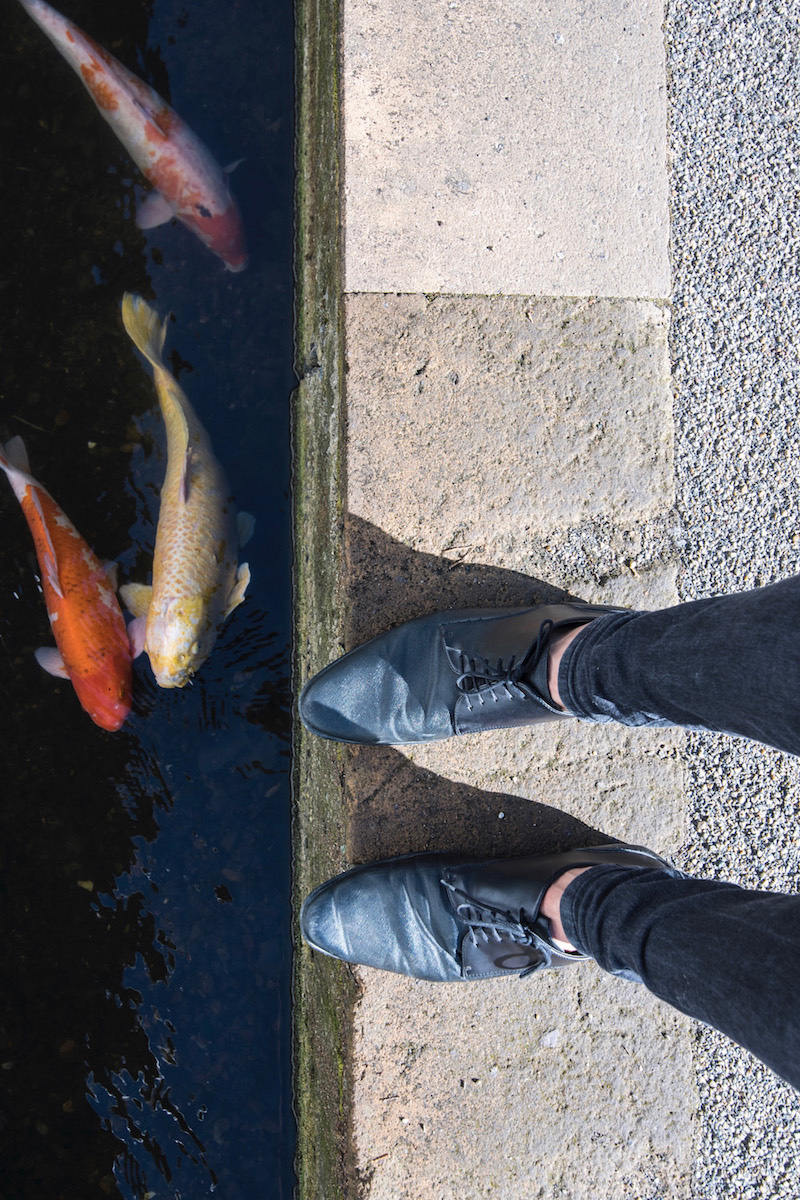
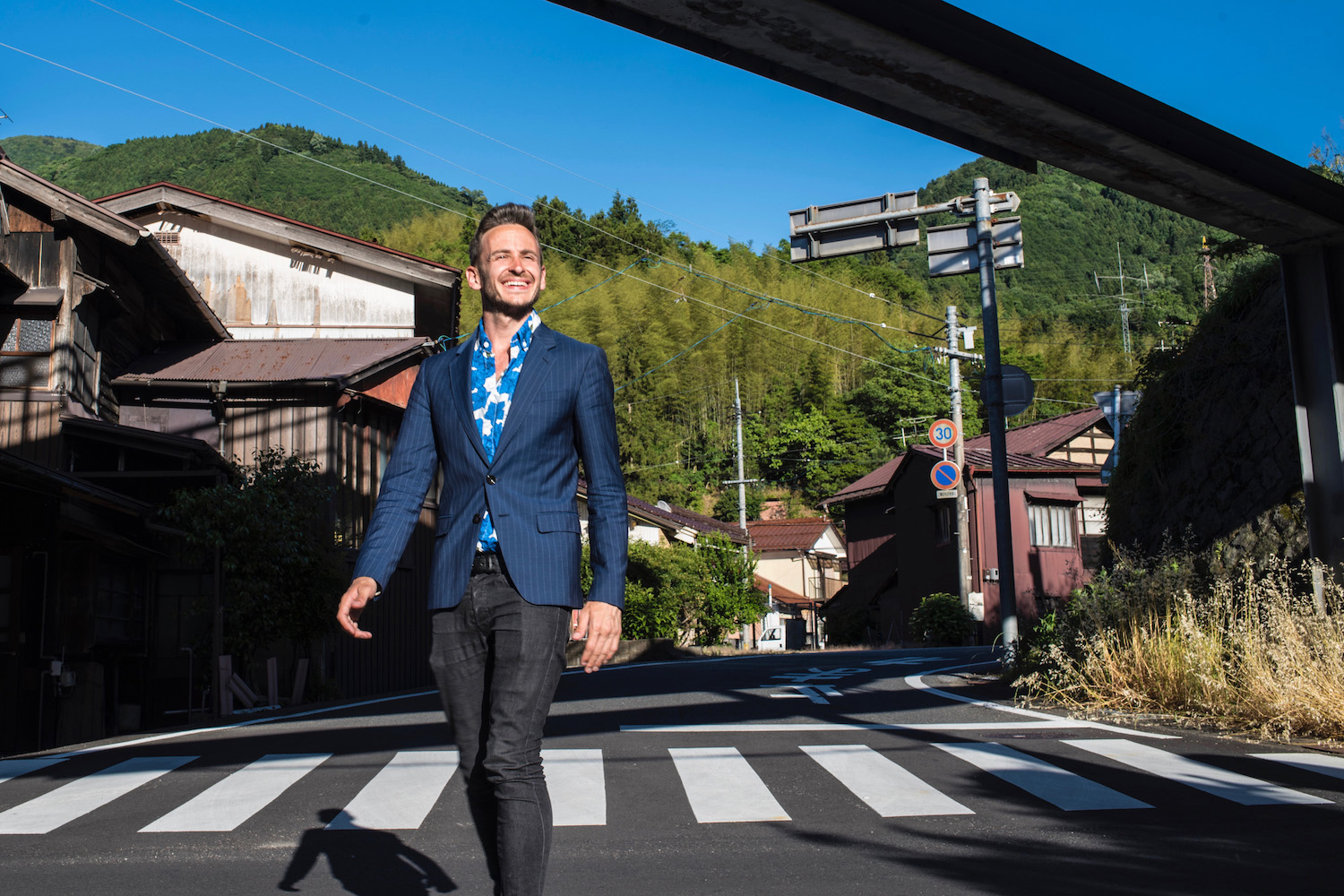

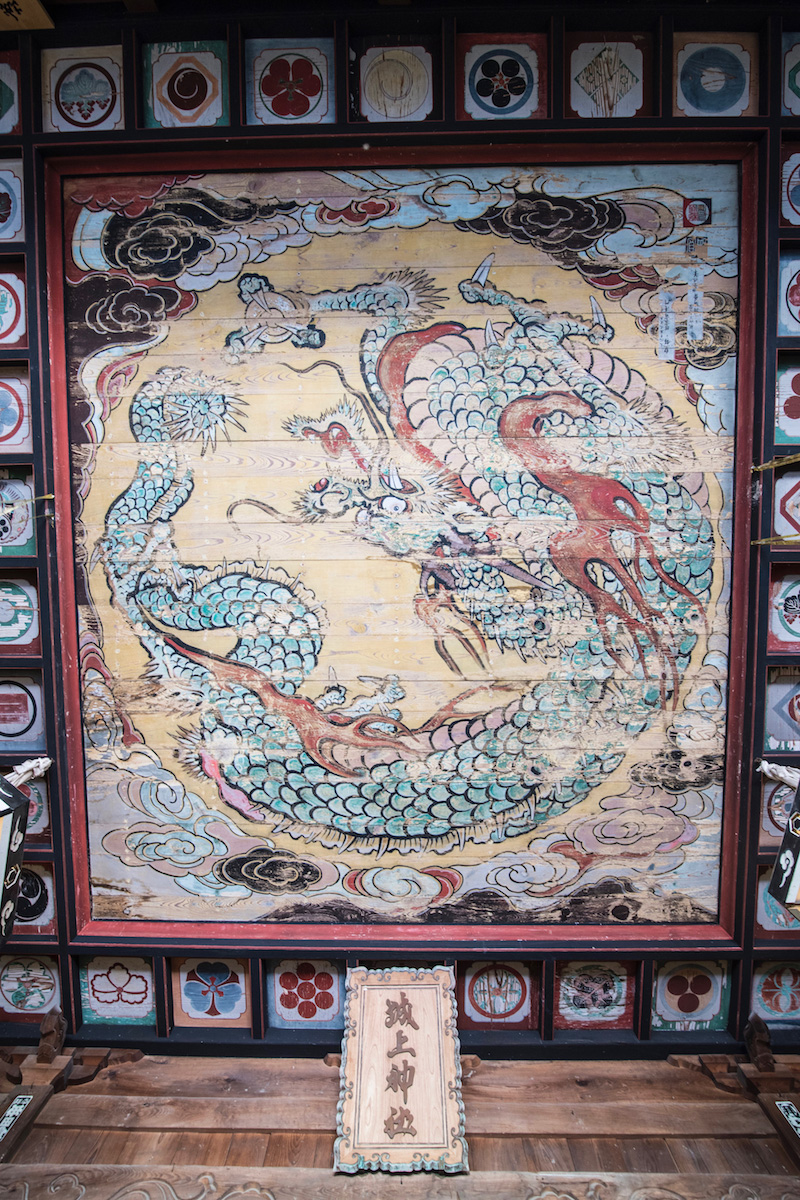
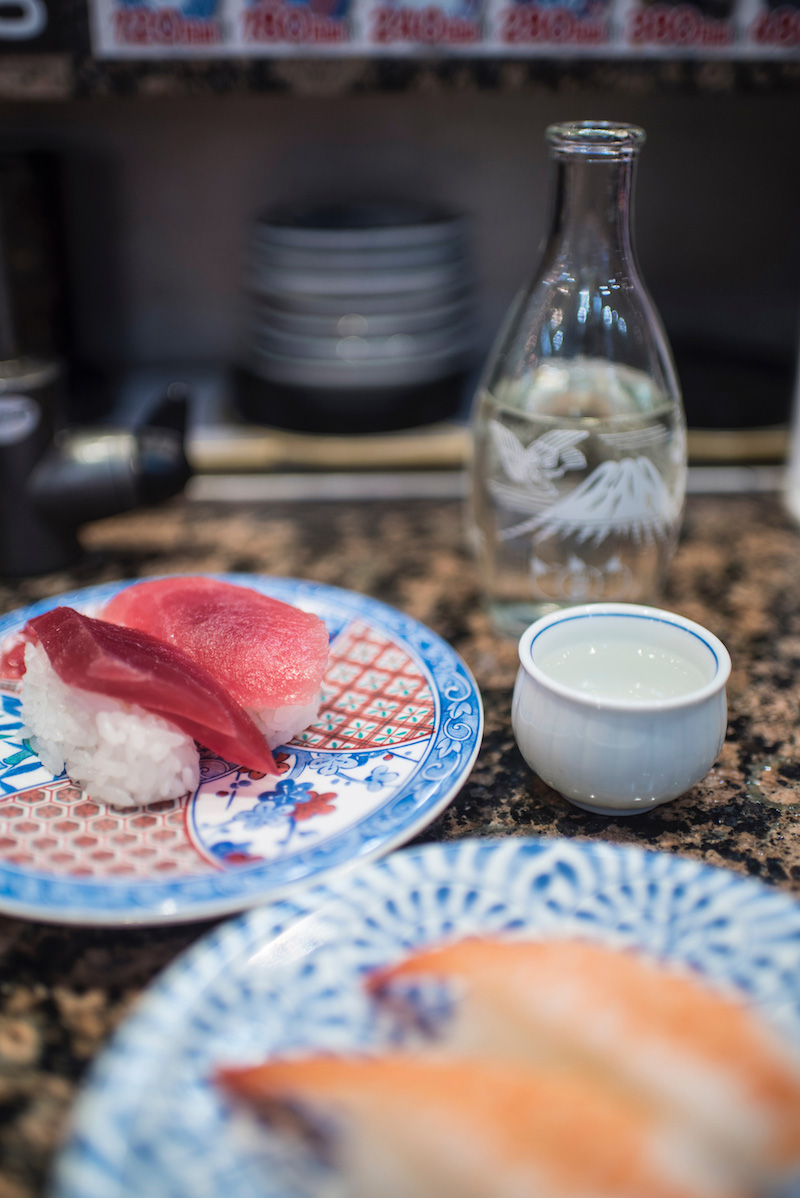

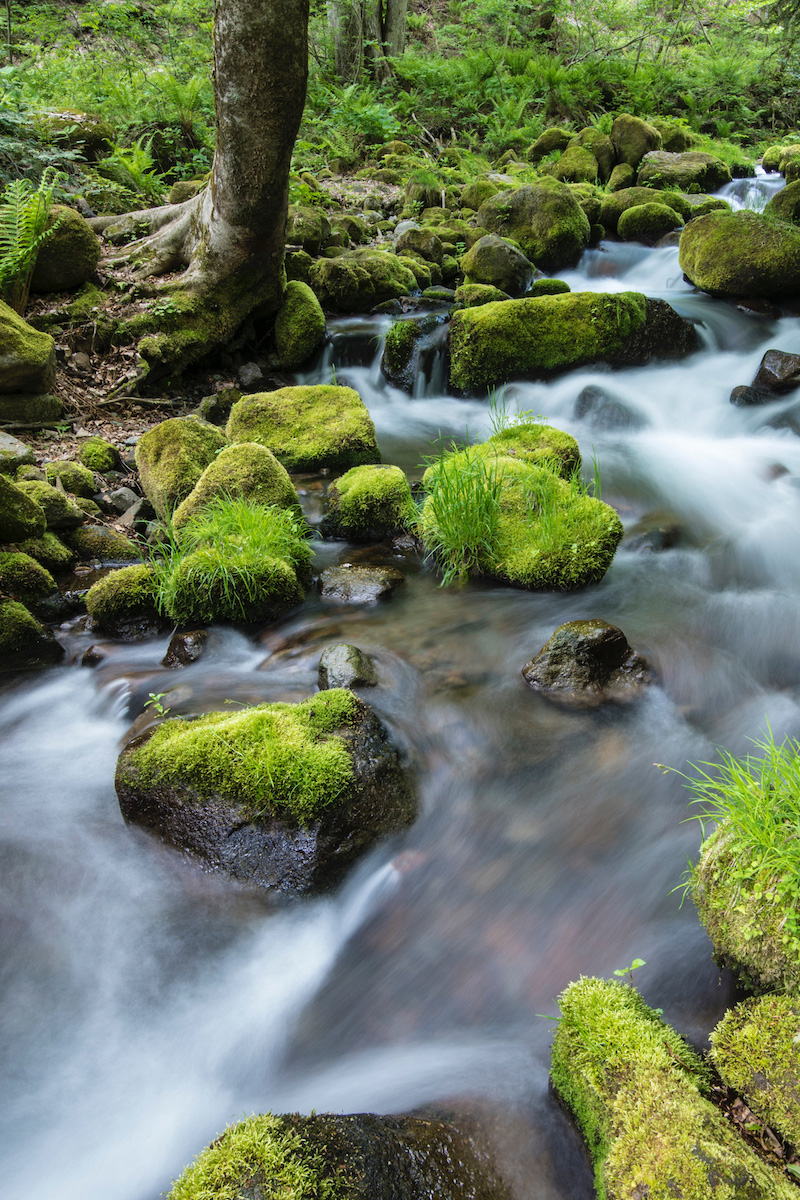
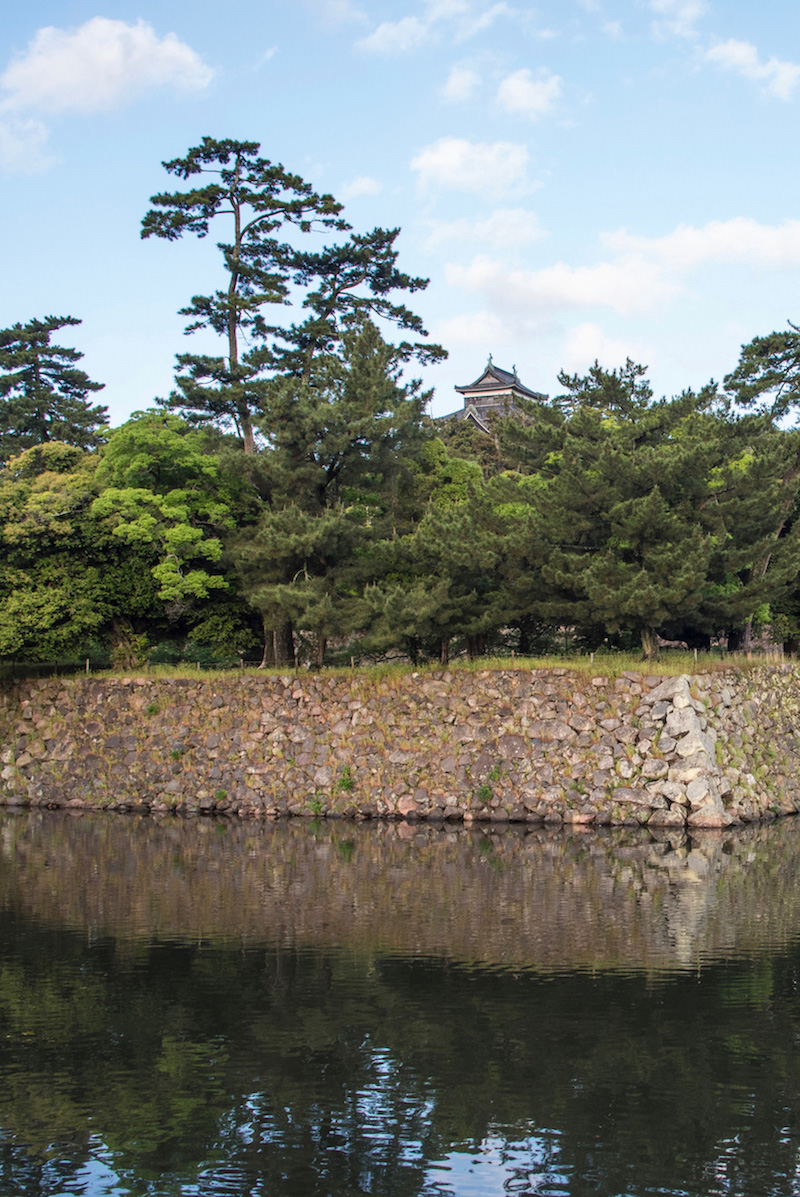


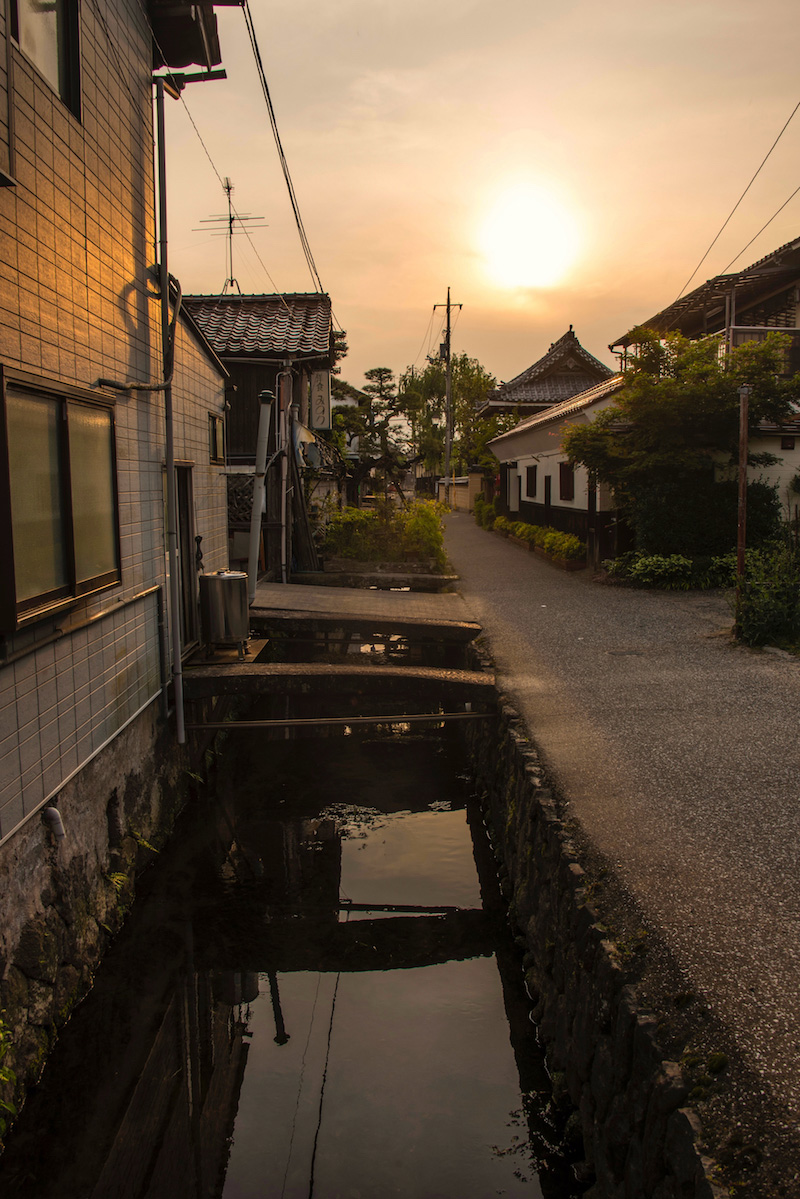
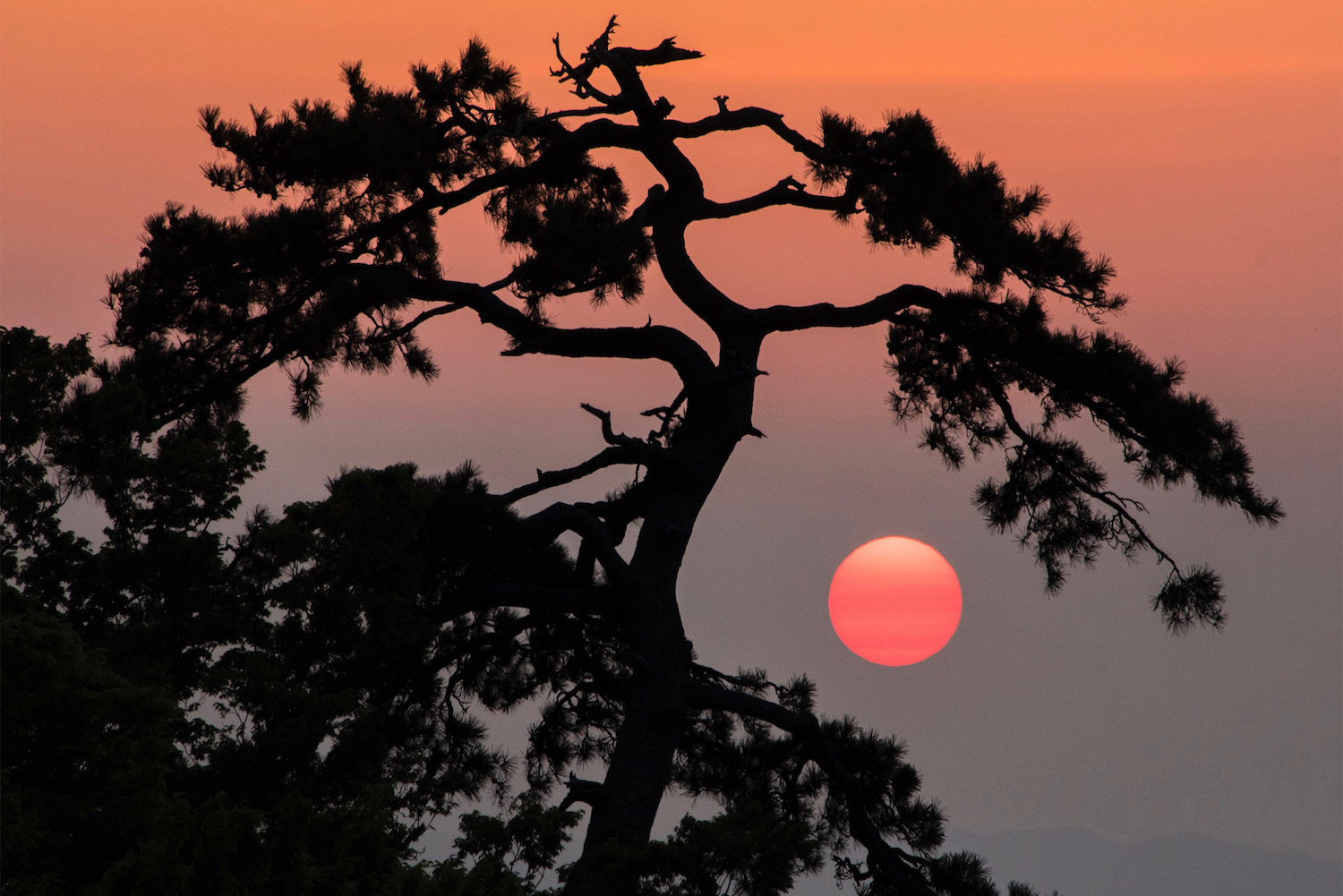
Other FAQ About Travel to San’in, Japan?
What are the main cities of Japan’s San’in region?
Japan’s San’in region runs from the city of Tottori in the east to Shimonoseki in the west. Some major cities between them include Yonago, Matsue and Izumo, while smaller towns in the region include Daisen, Sakaiminato, Yasugi and Masuda.
Is Yonago, Japan worth visiting?
The gateway both to Mt. Daisen as well as to the port of Sakaiminato, Yonago is a seriously underrated city. While I’m not sure whether I would go out of my way to visit on a short trip to eastern Japan, Yonago is definitely worth a visit if you happen to be in Kansai or Chugoku.
Where is Japan’s Chugoku region?
Chugoku is the westernmost region of Japan’s main island of Honshu, located northeast of Kyushu, north of Shikoku and west of Kansai. Want to learn more about the regions of Japan? Read this article I’ve written to get a better idea of them.



